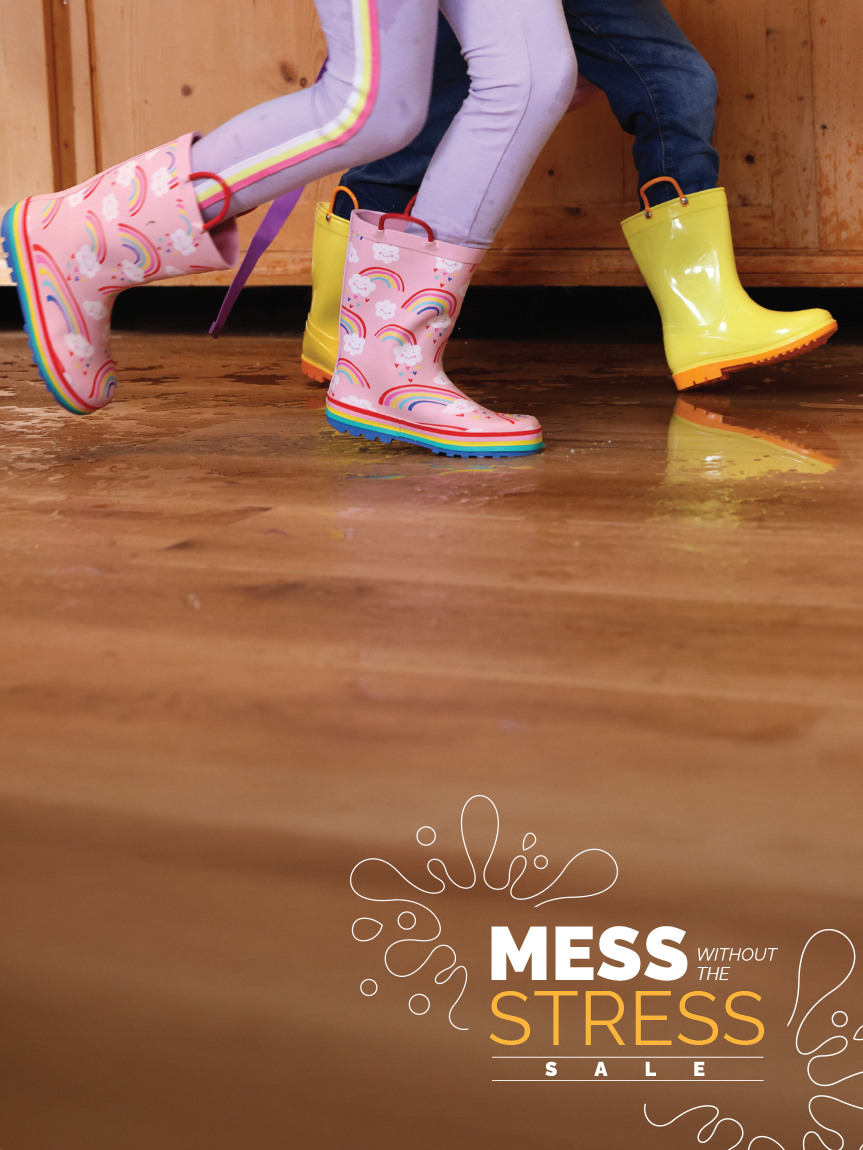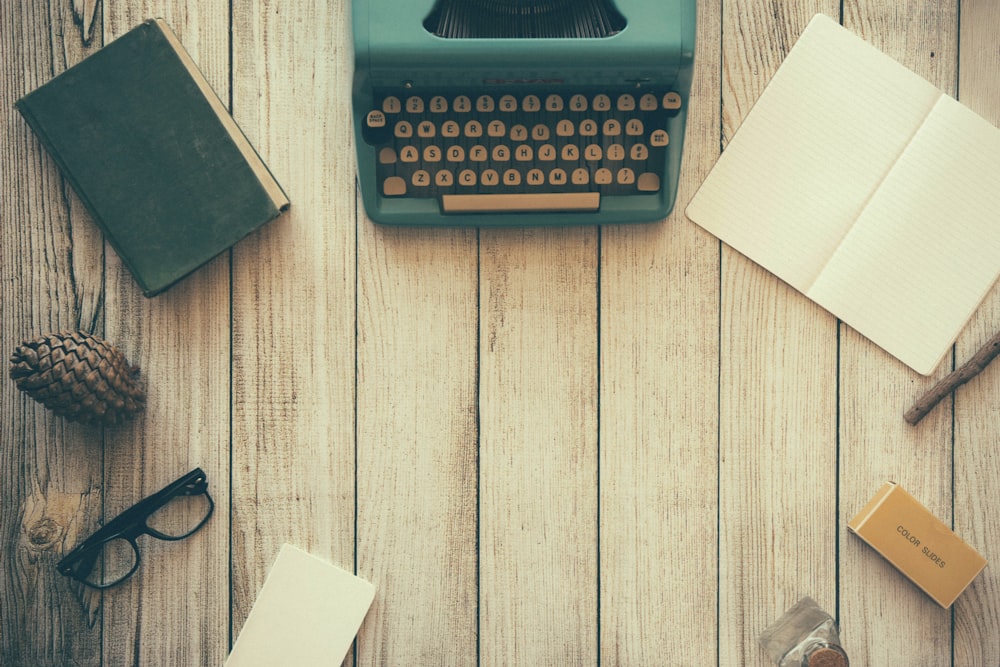Office interior design is more than just aesthetics; it’s about creating a functional and inspiring environment that fosters productivity, creativity, and employee well-being. A well-designed office can significantly impact employee morale, engagement, and overall success.
Functionality and Flow
Table of Contents
Toggle
The layout of an office should prioritize functionality and flow. Consider the movement of people and the flow of work. Open floor plans can promote collaboration and communication, while private offices provide space for focused work.
Ergonomics and Comfort
Ergonomics plays a crucial role in creating a comfortable and healthy workspace. Invest in adjustable chairs, desks, and monitor stands to ensure proper posture and minimize strain on the body.
Lighting and Acoustics
Natural light is essential for a healthy and productive workspace. Maximize natural light by using large windows and light-colored walls. Proper lighting can also enhance mood and reduce eye strain.
Color Psychology
Color plays a significant role in influencing mood and productivity. Warm colors like red and orange can stimulate energy and creativity, while cool colors like blue and green promote calmness and focus. Consider the desired atmosphere and use color strategically to enhance the overall design.
Furniture and Decor
Choose furniture that is both functional and stylish. Consider the type of work being done and select furniture that supports those activities. Incorporate decorative elements that reflect the company’s culture and brand identity.
Technology Integration
Technology is an integral part of modern workplaces. Ensure that technology is seamlessly integrated into the design, with easy access to power outlets, Wi-Fi, and other essential tools.
Sustainability and Green Design
Sustainability is becoming increasingly important in office design. Consider using eco-friendly materials, energy-efficient lighting, and sustainable furniture.
Personalization and Flexibility
Allow employees to personalize their workspaces to some extent. This can include adding plants, artwork, or personal items that make them feel more comfortable and at home.
Breakout Spaces
Create designated areas for relaxation and informal gatherings. Breakout spaces can include comfortable seating, coffee stations, or even game rooms. These spaces can help employees recharge and connect with colleagues.
Collaboration and Communication
Design the office to encourage collaboration and communication. Use open spaces, meeting rooms, and collaborative work areas to foster teamwork and idea exchange.
Health and Well-being
Promote employee health and well-being by incorporating elements like fitness centers, healthy food options, and wellness programs.
Adaptability and Future-Proofing
Design the office with adaptability in mind. Consider the future needs of the company and ensure that the space can accommodate changes in technology, work styles, and team size.
The Impact of Office Design
A well-designed office can significantly impact employee productivity, creativity, and overall well-being. By prioritizing functionality, ergonomics, aesthetics, and sustainability, companies can create workspaces that inspire and empower their employees.



